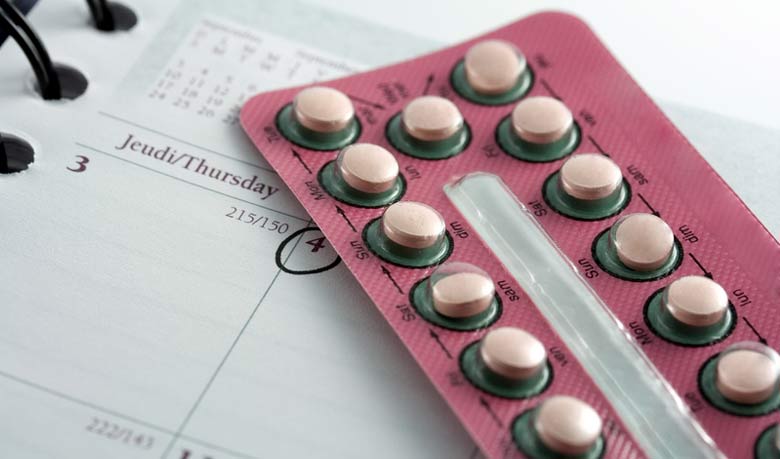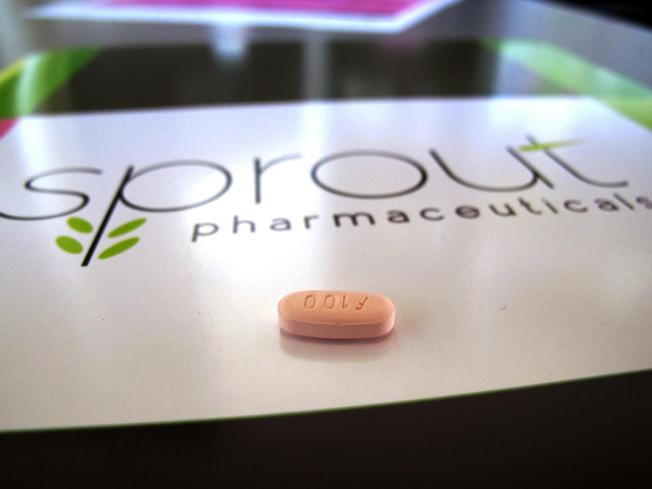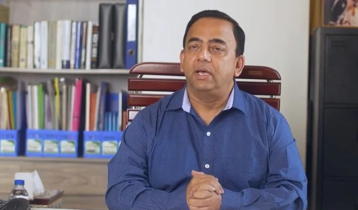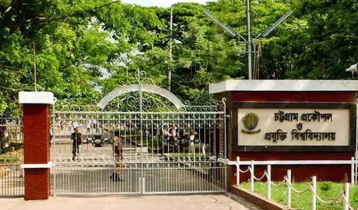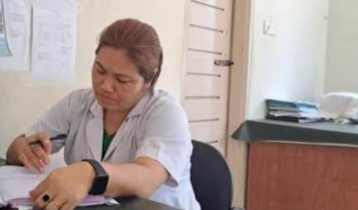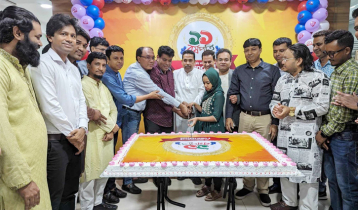Artificial liver transplantation closer to reality
RISINGBD DESK || risingbd.com
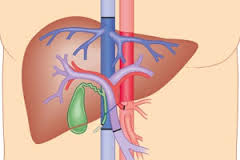
DHAKA, June 4: Massachusetts Institute of Technology (MIT) researchers have made a breakthrough that may lead to development of artificial livers for transplantation.
Scientists trying to exploit the ability of liver to grow in hopes of producing artificial liver tissue for transplantation have repeatedly been stymied.
Mature liver cells, known as hepatocytes, quickly lose their normal function when removed from the body.
According to MIT engineer Sangeeta Bhatia the liver can indeed regenerate itself if part of it is removed.
“It’s a paradox because we know liver cells are capable of growing, but somehow we can’t get them to grow” outside the body,” said Ms. Bhatia.
Ms. Bhatia and colleagues have identified a dozen chemical compounds that can help liver cells not only maintain their normal function while grown in a lab dish, but also multiply to produce new tissue.
Cells grown this way could help researchers develop engineered tissue to treat many of the 500 million people suffering from chronic liver diseases such as hepatitis C, according to the researchers.
Researchers adapted the system so that the liver cells could grow, in layers with the fibroblast cells, in small depressions in a lab dish. This allowed the researchers to perform large-scale, rapid studies of how 12,500 different chemicals affect liver cell growth and function.
Researchers measured expression levels of 83 liver enzymes representing some of the most finicky functions to maintain.
After screening thousands of liver cells from eight different tissue donors, they identified 12 compounds that helped the cells maintain those functions, promoted liver cell division, or both.
Two of those compounds seemed to work especially well in cells from younger donors, so the researchers also tested them in liver cells generated from induced pluripotent stem cells (iPSCs).
Scientists have tried to create hepatocytes from iPSCs before, but such cells don’t usually reach a fully mature state. However, when treated with those two compounds, the cells matured more completely.
In future studies, the MIT team plans to embed the treated liver cells on polymer tissue scaffolds and implant them in mice, to test whether they could be used as replacement liver tissues. They are also pursuing the possibility of developing the compounds as drugs to help regenerate patients’ own liver tissues.
PTI
risingbd.com



